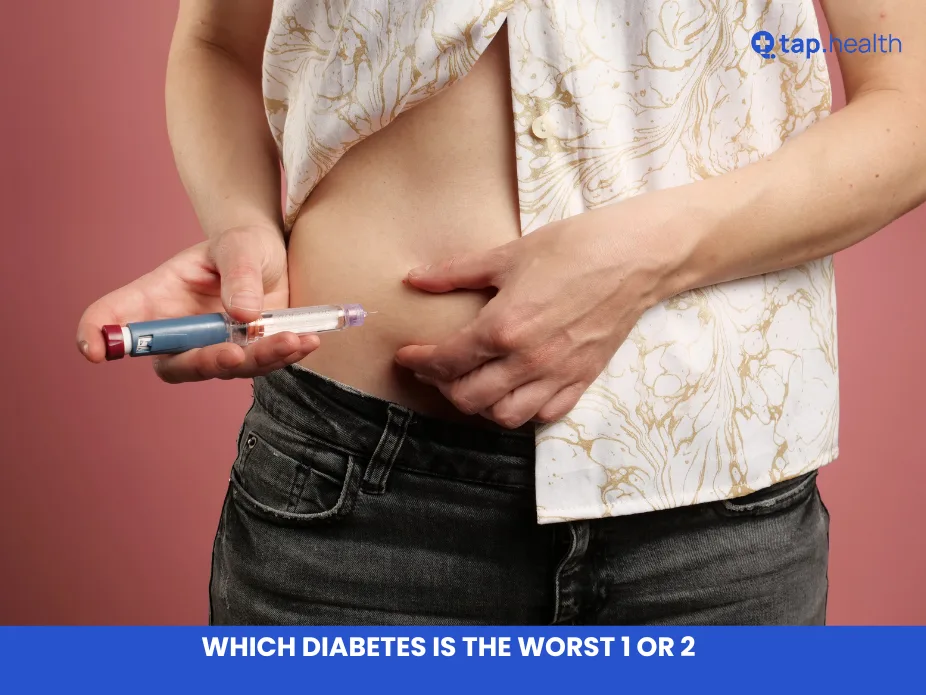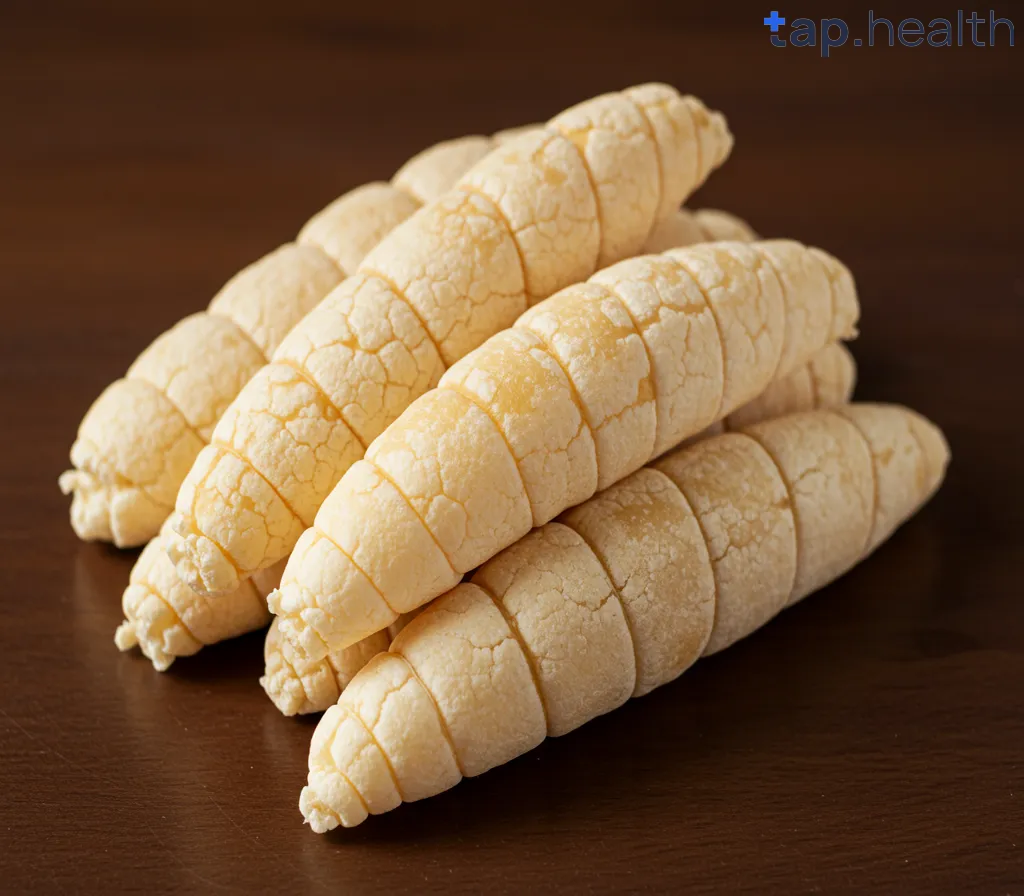Rava idli, a popular South Indian dish made from semolina (rava), has been a subject of debate when it comes to its suitability for people with diabetes. Let’s break down the information to understand if rava idli can be a part of a diabetic-friendly diet.
Nutritional Composition and Glycemic Index
Nutritional Profile
Rava idli is primarily composed of carbohydrates, with a moderate amount of protein and low fat content. Here’s a quick breakdown:
- Calories: Approximately 58 kcal per small piece (30 grams) 1
- Carbohydrates: About 75% of its composition
- Protein: 12-14%
- Fat: 11-13%
- Micronutrients: Good source of dietary fiber, copper, selenium, thiamin, manganese, and vitamin D 2
Glycemic Index
The glycemic index (GI) of rava idli is around 70, which is considered medium
3. This means it can cause a moderate rise in blood sugar levels after consumption.
Benefits for Diabetics
- Moderate Glycemic Index: Compared to regular rice idli (GI of 80-85), rava idli has a slightly lower GI, potentially causing a more gradual increase in blood sugar levels 4.
- Nutrient-Rich: Rava idli provides essential nutrients like protein and minerals, which are important for overall health management in diabetics 5.
- Versatility for Modifications: Rava idli can be easily modified to increase its nutritional value and lower its glycemic impact, making it more suitable for diabetics 6.
Is Rava Idli Safe for Diabetics?
Rava idli can be part of a diabetic-friendly diet, but it must be consumed in moderation. Here’s why:
1. Carb Content and Portion Control
Rava idli is made from semolina, which is a refined grain. Refined grains tend to have a higher glycemic index and can cause quick spikes in blood sugar levels. This can be a concern for diabetics who need to keep their blood sugar levels under control. However, if you control the portion size, the impact on blood sugar can be minimized.
A standard rava idli contains approximately 15-20 grams of carbohydrates. For people with diabetes, keeping track of the carbohydrate content in meals is essential for managing blood sugar levels. A small serving of rava idli, along with a healthy, fiber-rich side dish (like vegetables or sambar), can help balance the carb intake.
2. Protein and Fiber Boost
Rava idli does contain some protein from yogurt and fermentation, but the fiber content is low. To make rava idli more diabetic-friendly, you can enhance its nutritional profile by adding fiber-rich ingredients. For example:
- Incorporate whole wheat flour or a mix of semolina and whole grains (like oats or barley flour) to increase the fiber content, which will help slow the absorption of glucose.
- Add vegetables like carrots, spinach, or peas to the batter to boost fiber and add more nutrients.
- Pair with protein-rich sides like a low-fat paneer or a vegetable-based sambar to help balance the glycemic impact.
3. Fermentation and Lower GI
As mentioned earlier, the fermentation process can lower the glycemic index of rava idli. The natural bacteria present during fermentation help break down the carbohydrates, leading to a slower release of glucose. While this makes rava idli slightly better for diabetics than non-fermented semolina dishes, it still doesn’t make it a low-GI food.
4. Choose Healthy Additions
What you pair rava idli with can also affect its impact on blood sugar levels. Traditional sides like sambar (a lentil-based stew) and coconut chutney can complement rava idli. Sambar is rich in protein and fiber, which helps slow down glucose absorption, while chutney made from ingredients like coconut can add healthy fats, providing a balanced meal.
Risks and Considerations
- Carbohydrate Content: Despite its moderate GI, rava idli is still high in carbohydrates, which can affect blood sugar levels if consumed in large quantities 7.
- Potential for Blood Sugar Spikes: While not as rapid as high-GI foods, rava idli can still lead to a noticeable increase in blood glucose levels 8.
- Low Fiber Content: Unless modified, traditional rava idli is relatively low in fiber, which is crucial for managing diabetes 7.
Potential Modifications for Diabetics
To make rava idli more diabetes-friendly, consider these modifications:
- Incorporate Vegetables: Adding vegetables like carrots or spinach to the batter increases fiber content and reduces the overall glycemic impact 6.
- Use Alternative Flours: Mixing or replacing semolina with lower-GI flours like jowar (sorghum) or oats can improve its suitability for diabetics 9.
- Add Protein: Incorporating protein-rich ingredients like moong dal in the batter can help balance the glycemic load 10.
- Portion Control: Eating smaller servings of rava idli can help manage blood sugar levels more effectively.
- Pair with Protein-Rich Sides: Serving rava idli with protein-rich accompaniments like sambar or vegetable chutneys can slow down carbohydrate absorption 11.
- Use Coarser Semolina: Opting for coarser semolina can lower the glycemic index as it digests more slowly than fine semolina.
Expert Opinions and Studies
Experts suggest that while rava idli can be included in a diabetic diet, it should be consumed in moderation and paired with low glycemic index foods to balance its impact on blood sugar levels
12. Some studies have shown that diets rich in fiber and magnesium, like those containing semolina, can improve blood sugar control and reduce the risk of type 2 diabetes
13.
Comparison with Regular Rice Idli
When compared to regular rice idli, rava idli may be a slightly better option for diabetics due to its:
- Lower glycemic index (70 vs 80-85)
- Potential for easier modifications to increase nutritional value
- Slightly lower carbohydrate content
However, both types require careful portion control and pairing with low-GI foods for optimal blood sugar management
15.
Conclusion: Is Rava Idli Good for Diabetics?
Rava idli can be included in a diabetic diet with some caveats:
- Moderation is Key: While it’s not off-limits, rava idli should be consumed in moderation due to its moderate GI and high carbohydrate content.
- Modifications are Beneficial: Incorporating the suggested modifications can significantly improve its suitability for diabetics by lowering its glycemic impact and increasing its nutritional value.
- Individual Responses Vary: As with any food, individual responses to rava idli may vary. Diabetics should monitor their blood sugar levels when incorporating it into their diet.
- Part of a Balanced Diet: Rava idli can be part of a balanced diabetic diet when combined with other low-GI foods, proteins, and fiber-rich options.
- Consult Healthcare Providers: It’s crucial for diabetics to consult with their healthcare providers or registered dietitians to determine if and how rava idli can fit into their personalized meal plans.
In conclusion, while rava idli isn’t inherently “good” or “bad” for diabetics, it can be made more diabetes-friendly with thoughtful modifications and proper portion control. When consumed as part of a well-balanced diet and with careful consideration of individual health needs, rava idli can be an enjoyable food option for many people with diabetes.Remember, managing diabetes is about overall dietary patterns rather than single food items. A holistic approach to diet, combined with regular physical activity and proper medication management, is key to effective diabetes control.
FAQ: Is Rava Idli Good for Diabetics?
1. Is rava idli good for people with diabetes?
Yes, rava idli can be part of a diabetic-friendly diet when eaten in moderation. While it is made from semolina (rava), which is a refined grain with a moderate glycemic index, pairing it with fiber-rich vegetables and proteins can help balance its impact on blood sugar.
2. Does rava idli cause a spike in blood sugar levels?
Rava idli has a moderate glycemic index, meaning it can cause a slight increase in blood sugar levels. However, its fermentation process can lower the glycemic index slightly, making it a better option compared to non-fermented semolina dishes. It’s important to control portion size and pair it with other foods that help regulate blood sugar.
3. Can I eat rava idli if I have type 2 diabetes?
Yes, you can eat rava idli if you have type 2 diabetes, but it’s essential to consume it in moderation. To make it healthier, consider adding vegetables to the batter, using whole wheat flour, and pairing it with protein-rich sides like sambar or yogurt.
4. How can I make rava idli healthier for diabetics?
To make rava idli healthier for diabetics, try the following tips:
- Add fiber-rich vegetables like carrots, spinach, or peas to the batter.
- Use a mix of semolina and whole wheat flour or oats for added fiber.
- Pair with protein-rich sides like sambar or low-fat yogurt to help slow down glucose absorption.



